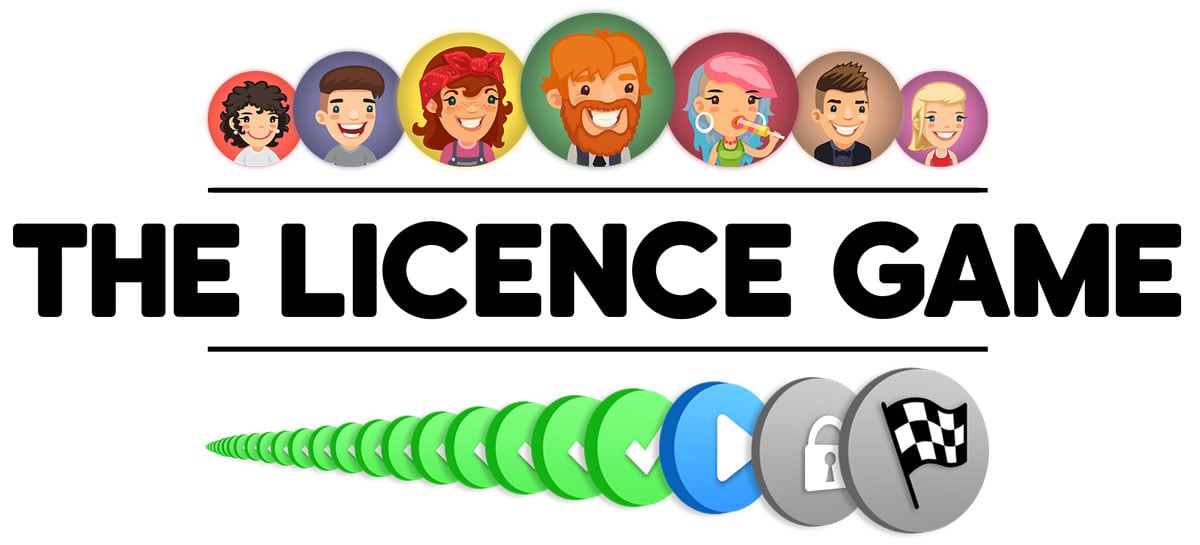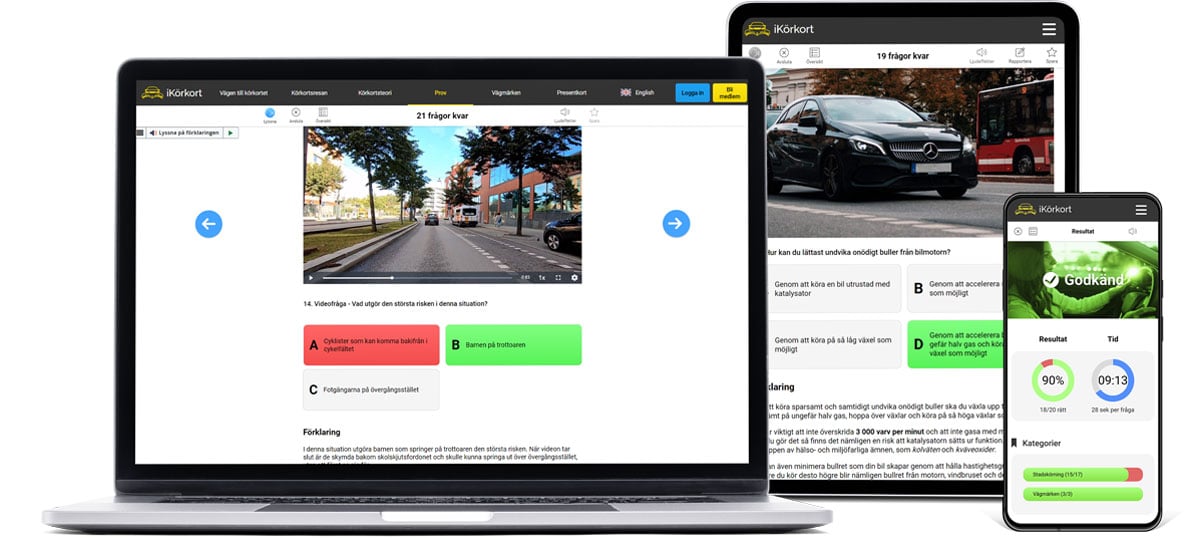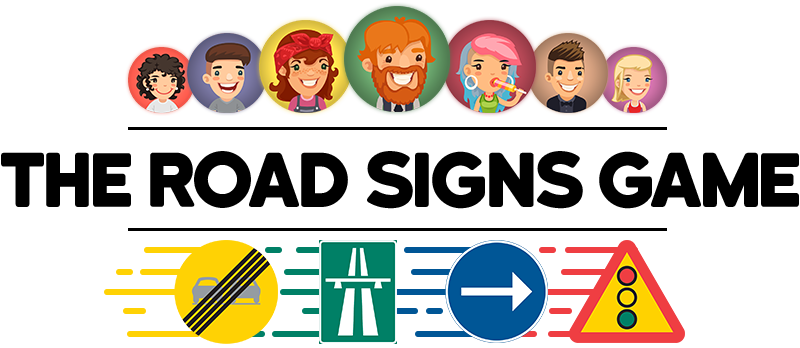 iKörkort
iKörkort
 Tests
Tests

 Language
Language

You are 2-3 times more likely to be involved in an accident when driving in the dark than when driving in daylight.
When driving in the dark it is more difficult to detect pedestrians, cyclists and animals on or beside the road. During evening and night, many drivers are tired, have reduced concentration and are less attentive. Drivers who are affected by alcohol or drugs are also more common after dark.
It is also more difficult to judge distances and speed when driving in the dark than when driving in daylight. This can, for example, make it harder to determine whether it is appropriate to initiate an overtaking manoeuvre or enter a junction with cross-traffic.
It is important that you are aware of the increased risks associated with driving in the dark and that you learn how to use the car's lights properly to minimise the risks.



